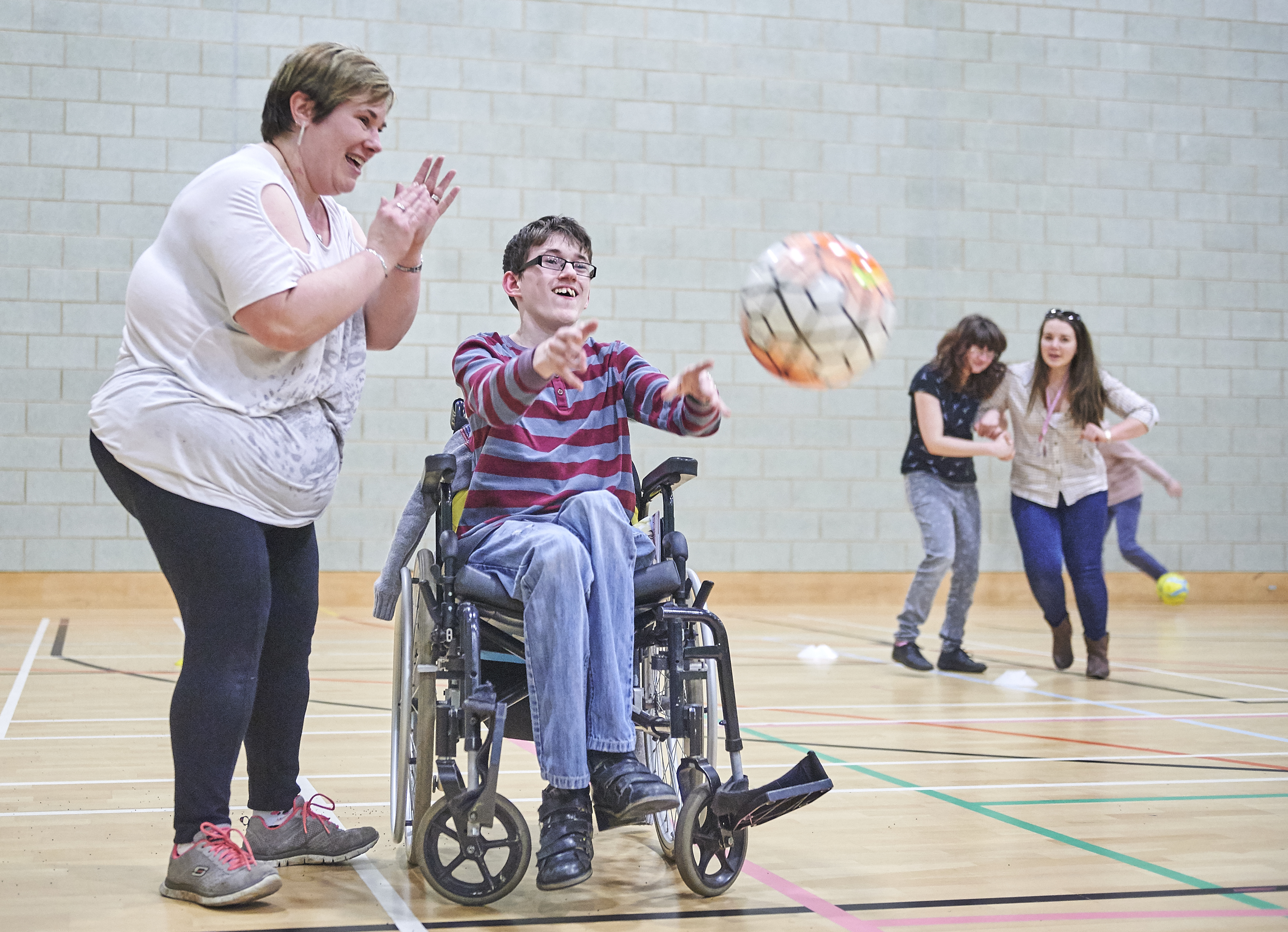The Activity Alliance has outlined its determination to increase disabled people’s participation in sport in a new three-year strategy which has been released today.
The charity (formerly called the English Federation of Disability Sport) unveiled the strategy 'Achieving Inclusion Together' at its 20th anniversary celebration in London in front of leaders from Government, sport, leisure and the third sector.
Disabled people count for one in five of the UK population, but are currently the least active group in society and twice as likely as non-disabled people to be inactive. Participation rates have remained stubbornly resistant to growth for many years, despite Activity Alliance’s research showing that seven in 10 disabled people want to be more active.
The Activity Alliance’s new 2018-2021 strategy looks to a future where disabled people are just as likely as non-disabled people to be active, and wants to get them active for life.
Based on clear outcomes by March 2021, the strategy (available to read here) outlines the desire to see the number of active disabled people on a sustainable upward trajectory. The three strategic outcomes will have an impact at different levels:
- Individual: Enhanced health and wellbeing for all disabled people (physical, mental, social, emotional and economic wellbeing).
- Societal: A more equal society in which disabled people can achieve more through increased opportunities and choice.
- Organisational: A system where organisations have fully embedded approaches to inclusion into their mainstream work so they can effectively support individual disabled people.

Activity Alliance’s Chief Executive Barry Horne called for actions not words, and urged leaders to use the insight and support available to deliver promises and make active lives possible for disabled people.
Barry said: “Our ambition is to create a step change in the number of disabled people participating in sport and active recreation. Although some may see it as a challenge to engage so many inactive people, partners need to embrace the opportunity to make a real difference. We are confident we have the right framework to support a major upturn in disabled people’s activity rates, but we cannot do it alone.
“The barriers that exist for disabled people are wider than those they face in sport. It will take national and local government, organisations who serve disabled people, as well as sport and leisure providers to look inwards at their own strategies. Over the next three years, we look forward to working with a broader mix of stakeholders to develop stronger collaborative approaches.
“I’m extremely proud of our work over the last 20 years, but there is clearly a mismatch between what disabled people want and what sport and leisure offers. We cannot settle for the same old approaches being repeated year after year. Collectively we can change the reality of disability, inclusion and sport and ensure more disabled people have opportunities to be active.”
Sport England’s Chief Executive Jennie Price said: “We recognise that the number of disabled people involved in sport and physical activity is too low, and although we understand more about the barriers they face, much more needs to be done to tackle them. That’s why we have identified disabled people as a key audience within our strategy 'Towards an Active Nation' and we look forward to working closely with Activity Alliance to reduce the inequalities they have rightly identified.”
Find out more about the Activity Alliance on their ConnectSport directory page. To add your organisation to the directory, contact hello@connectsport.co.uk












